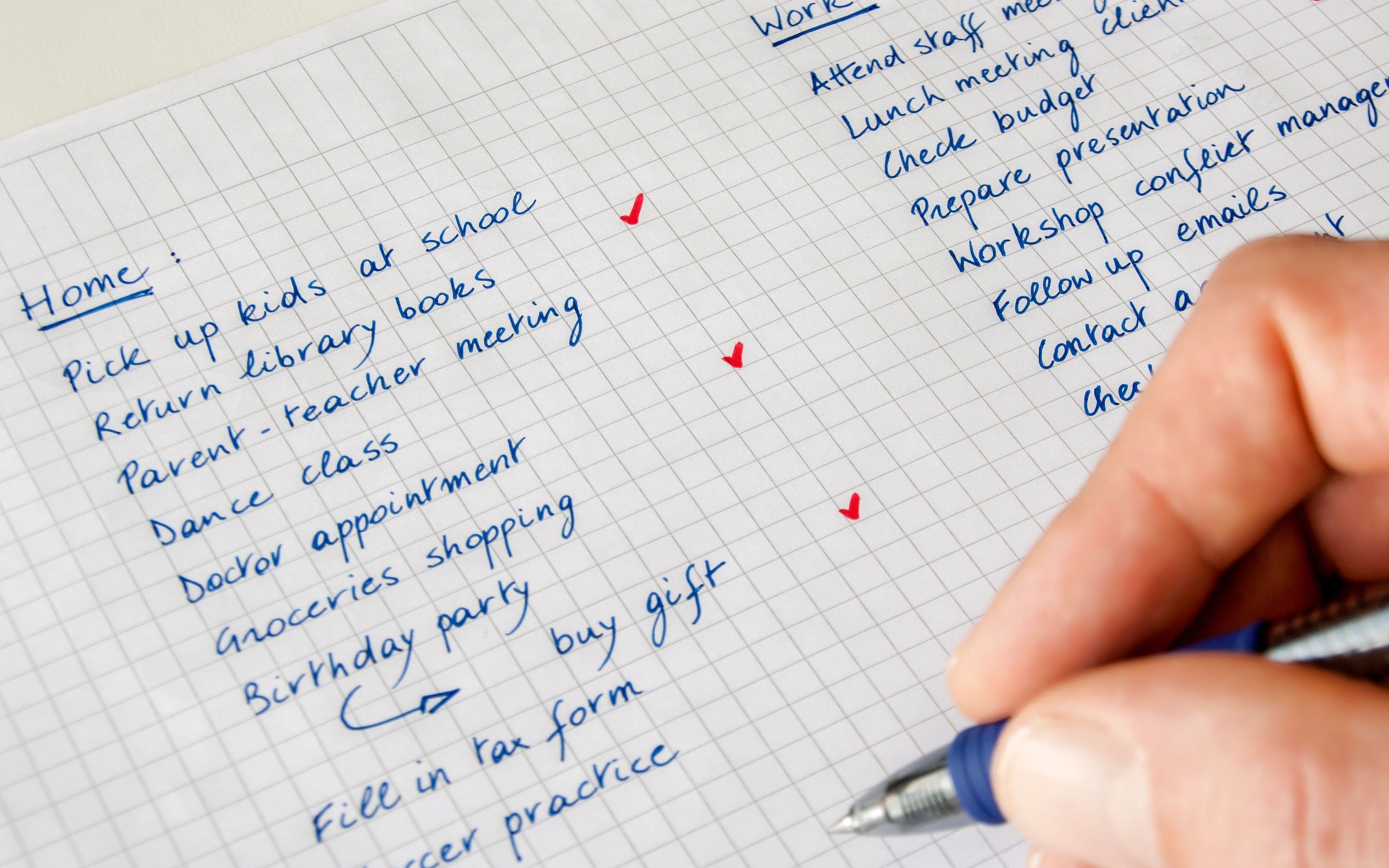
By: Rinet Van Lill
Ever find yourself snapping at someone over something small?
Maybe you were stuck in traffic, juggling work deadlines, or running errands, and suddenly, someone asking a simple question pushed you over the edge. Anger can bubble up all too easily, but why?
Task overload and heightened anger
The root of heightened anger often lies in the relentless pace of a busy life with many demands. From the moment we wake up, our minds jump to tasks—emails to send, bills to pay, groceries to buy. Every minute can feel like it’s already accounted for, leaving little room for error or delay. When we’re constantly in “task mode,” everything that does not align with our agenda can feel like an obstacle. Unfortunately, people—our partners, friends, or coworkers—often become those obstacles.
How people trigger anger
Instead of viewing interactions with others as moments of connection, we see them as interruptions. The barista taking too long with your coffee? Annoying. The colleague who needs clarification on an email? Inconvenient. When you’re overwhelmed with responsibilities, every small demand on your time feels like an unreasonable ask.
This all-consuming focus on productivity pose the risk of dehumanising our relationships. Seeing people as burdens instead of support systems can feed into a cycle of frustration and resentment. However, the root of this frustration often lies not with others but with the heavy expectations we place on ourselves.
Releasing anger by reconnecting with ourselves and others
To break this pattern, we need a shift in mindset. Slowing down, prioritising rest, and rekindling connections can reshape how we handle daily pressures. Incorporating mindfulness practices, setting boundaries, and scheduling regular downtime are also ways to reduce the pressure from a demanding schedule and regain perspective. By doing so, we can see others as partners in life’s journey, rather than barriers to our goals.
Article supplied with thanks to The Centre for Effective Living.
Feature image: Canva
